Darbhanga Fort Bihar : Darbhanga Fort is situated in Bihar state of our country. Bihar used to be a rich, prosperous and a well-known state for education. Bihar was considered the most prosperous and most educated state of the Indian subcontinent. Darbhanga district of Bihar was called the heart of Mithilanchal. The language here is Maithili language. Bihar, which was once so prosperous, lost its prosperity due to many external invasions that occurred from time to time in history.
Darbhanga Fort, also known as Rambagh Palace, is a significant historical monument located in Darbhanga city, Bihar. This majestic fort is renowned for its architectural grandeur and historical significance. It stands as a testament to the rich cultural heritage of the region. Darbhanga Fort was built during the Rajput period in the 18th century by Maharaja Rameshwar Singh of the Kameshwar Singh Darbhanga Raj family. It served as the residence of the Maharajas of Darbhanga.
दरभंगा किला | बिहार का लाल किला
Gateway of Bangal – Darbhanga Fort Bihar
Darbhanga Fort is a part of the rich history of Bihar. The old name of Darbhanga was Dwar Banga which means Gate of Bengal.
Darbhanga Fort is an example of this rich history. Darbhanga Fort is also known as Rambagh. It is called Rambagh after the name of Rambagh Palace located here. Rambagh Palace located in Darbhanga Fort is spread over approximately 85 acres of land.
History – Darbhanga Fort Bihar
Darbhanga has been a place of historical and religious importance. In ancient times, Darbhanga was known as Videha state. Mithila state mentioned in Ramayana is currently the area of Darbhanga and Mithila. Darbhanga was also a part of Vaishali Republic and Magadha State. Darbhanga city has always been important for its ancient culture and its intellectual tradition. Darbhanga has the distinction of being the cultural capital of the state and education and art have always been encouraged here.
Modern History – Darbhanga Fort Bihar
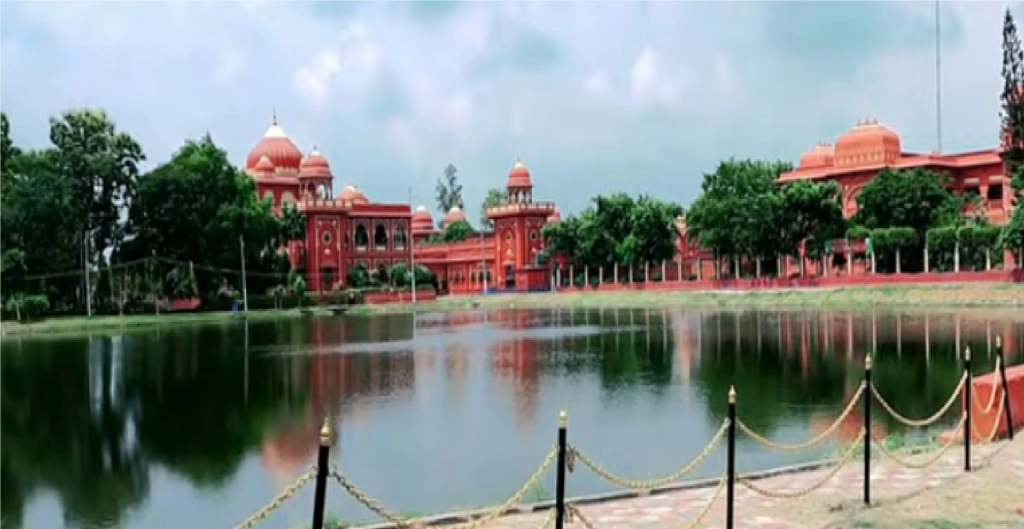
In the 9th century, Chalukya king Gyandev of Karnataka ruled here. Darbhanga was under the control of Tughlaq rule in the 14th century. Akbar took control of this area at the end of the 16th century. During the same time, the charge here was handed over to Maithili Brahmin Mahesh Thakur. It was from here that the Darbhanga royal family started. In the 16th century, the present Darbhanga city was the capital of Darbhanga State. In the 18th century, Darbhanga again came under Bengal and the royal family of Darbhanga started paying taxes to Bengal.
During British rule, Darbhanga was declared a zamindari of Bengal state. After the death of Raja Maheshwar Singh in the 19th century, Raja Lakshmeshwar Singh established Darbhanga as a center of education and culture. After the death of Raja Lakshmeshwar Singh, his younger brother Raja Rameshwar Singh took over the work of Darbhanga. During that time Darbhanga became an industrial centre. After Raja Rameshwar Singh, his son Raja Kameshwar Singh took over the zamindari of Darbhanga.
Maharajadhiraj – Darbhanga Fort Bihar

Raja Kameshwar Singh of Darbhanga was given the title of Maharajadhiraja during the British rule. He was the 20th Maharaja of his clan. He gained immense fame and recognition due to his generosity, charity and special love for education. Maharajadhiraj Kameshwar Singh had donated a large part of his property to the new university being built in the country.
Darbhanga Fort Bihar
Darbhanga Fort is a very attractive place located in the northern part of Bihar state. This fort was surveyed during the year 1977-78 and then knowing the historical importance of this fort, it was called the Red Fort of Bihar.
It is believed that the wall of Darbhanga Fort is longer than the Red Fort of Delhi. The main gate of the fort has a glimpse of the Balund Darwaza of Fatehpur Sikri, Agra. This fort is about 100 years old. Darbhanga Fort has been a wonderful and unique fort.
Before the construction of the fort, it was a major part of Islampur village which was under the authority of Nawab Alivardi Khan of Murshimabad. Later this place came under the control of Maharaj Shri Kameshwar Singh forever. When Raja Kameshwar Singh decided to build Darbhanga Fort in 1930, most of the people living here, along with land compensation, went and settled in other places like Shiv Dham, Alinagar, Lahariya Sarai, Chakotara.
Lal Kila / Red Fort – Darbhanga Fort Bihar

Red bricks have been used in the construction of Darbhanga Fort and for this reason this fort is also called Red Fort. The wall of the fort was built very thick which was more than 1 kilometer long. Watch towers and guard houses were built on the upper part of the walls so that the fort could be monitored from security point of view.
The main gate of Darbhanga Fort is called Singhle Gate. At the time when the construction work of Darbhanga Fort started, the British Empire was coming to an end in India. Then, due to the coming of the new government, the Zamindari and princely system was stopped. For this reason the construction work of Darbhanga Fort was abandoned midway. It is also said that the contract for the construction of the fort was given to Bag Kagarin, a contractor of the British company at that time.
The height of the walls of Darbhanga Fort was about 90 feet and after the wall was ready on three sides, when the wall started being constructed towards the west, then the local people living there felt that due to the high wall, the sunlight would be blocked. Due to people’s complaint, the construction work of Darbhanga Fort was stopped.
There are small and big temples of 11 gods and goddesses located in Darbhanga Fort. It is said that Maharajadhiraj Kameshwar Singh had two main objectives regarding its construction, the first objective was that if they got independence from the British at that time then they could get the status of the ruling state of Darbhanga at that time and secondly he thought that if independence was not achieved then Even if they can meet, their family deities will definitely get a safe place inside the fort. Maa Shyama Mai Temple is the main one among the temples located here.
At Present – Darbhanga Fort Bihar
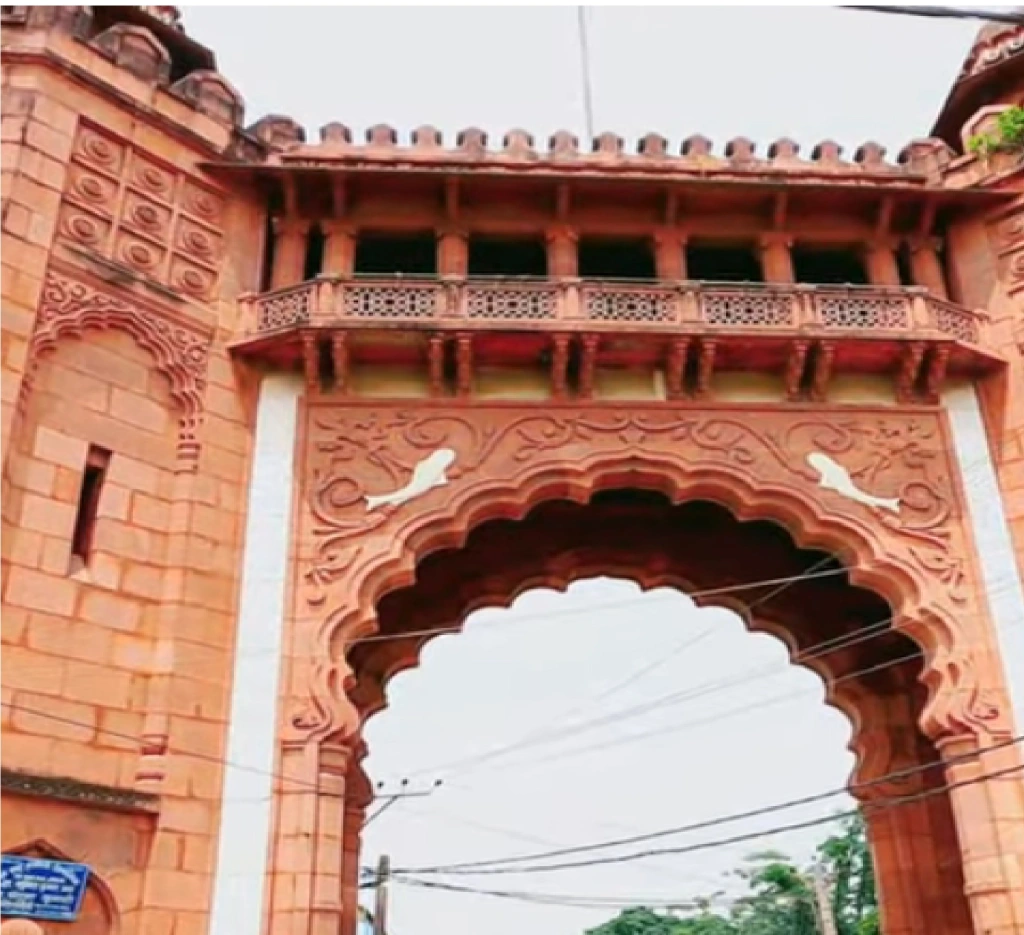
Darbhanga Fort’s outer walls have been badly damaged due to the earthquakes of 1988 and 2015. If we talk about the outer parts of the fort, its present condition is not very good, rather big cracks can be seen in the wall of the fort at some places. Today this fort is in a dilapidated condition at many places due to lack of maintenance.
How to reach Darbhanga Fort Bihar
Darbhanga Fort, located in the city of Darbhanga in Bihar, is a significant historical landmark. In order to reach Darbhanga FOrt, tourists can opt for any of the following :
By Air:
The nearest airport to Darbhanga is Darbhanga Airport (also known as Kameshwar Singh Darbhanga Airport). From the airport, tourists can hire a taxi or use the public transportation in order to reach Darbhanga Fort.
By Train:
Darbhanga Junction is the nearest railway station to Darbhanga Fort. Tourists can board a train to Darbhanga Junction from major cities like Patna, Kolkata, Delhi, etc. From the Darbhanga railway station, one can hire a taxi or use other local transportation to reach the fort.
By Road:
Darbhanga is well-connected by road to nearby cities and towns. Tourists can either drive to Darbhanga or take a bus from nearby cities like Patna, Muzaffarpur, etc. After reaching Darbhanga, tourists can hire a taxi or use local transportation to reach the fort.
Local Transportation:
Once you reach Darbhanga city, you can hire an auto-rickshaw or a cycle-rickshaw to reach Darbhanga Fort.
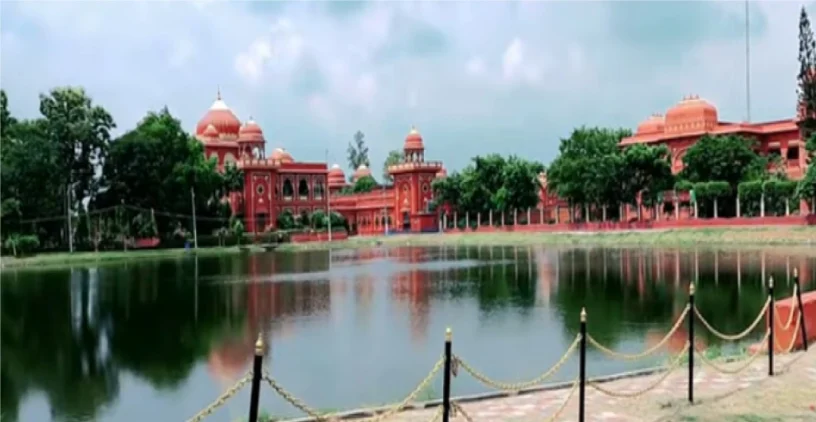
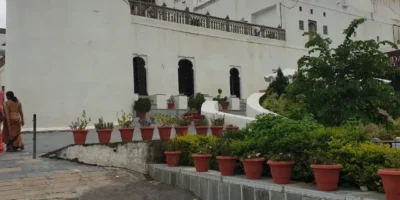
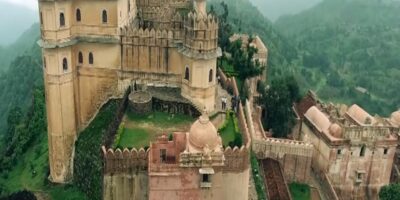
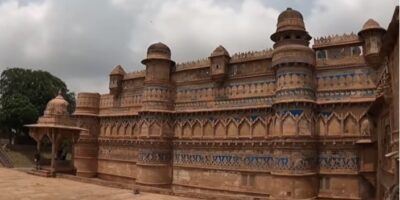
Leave a Reply